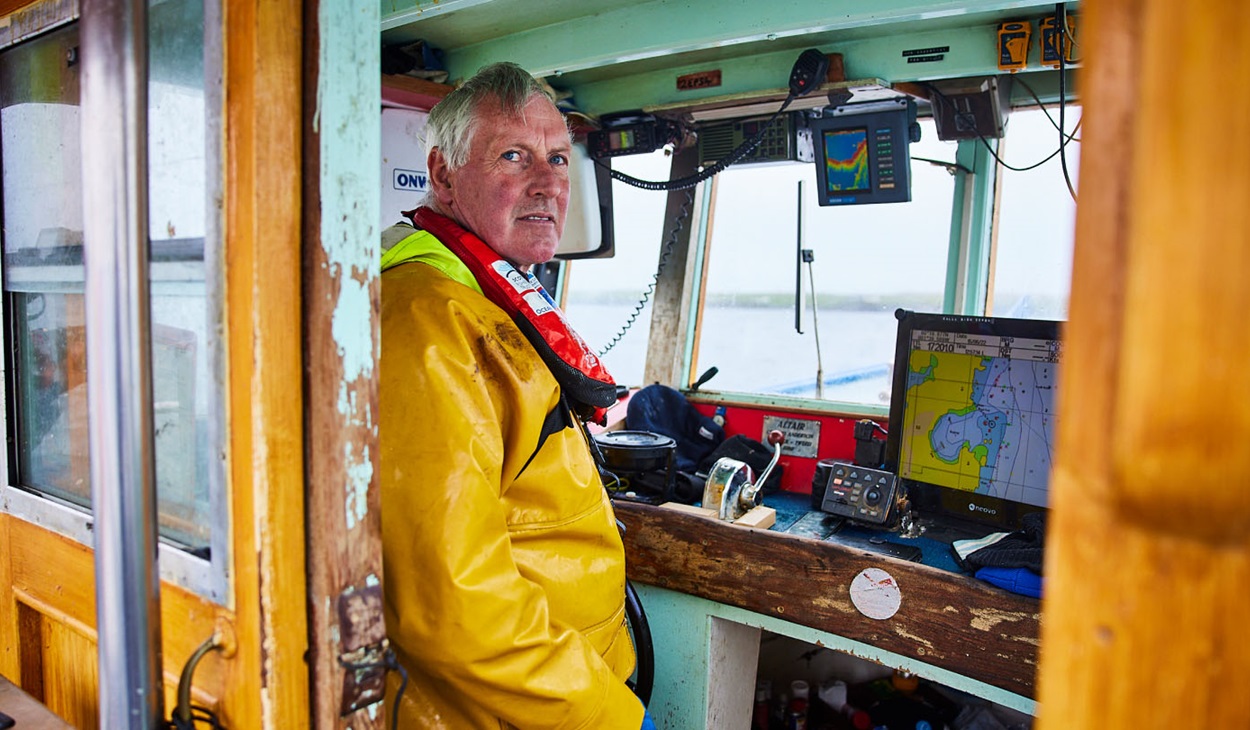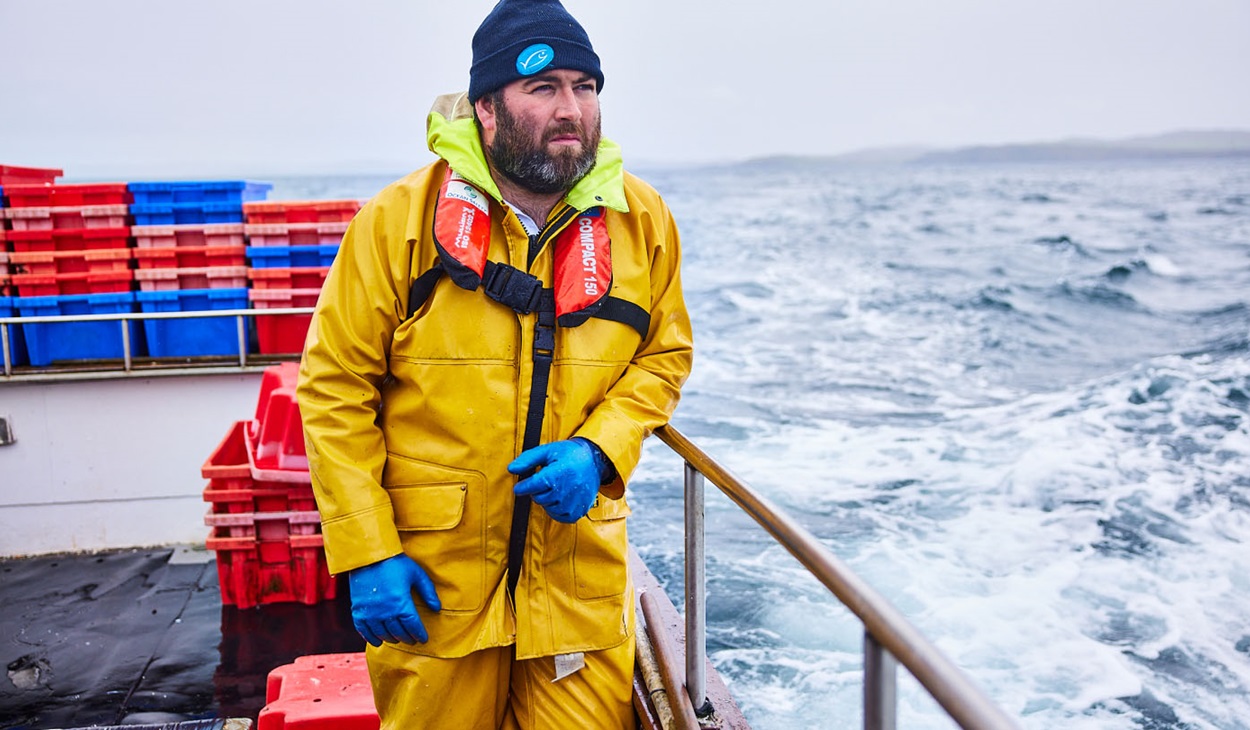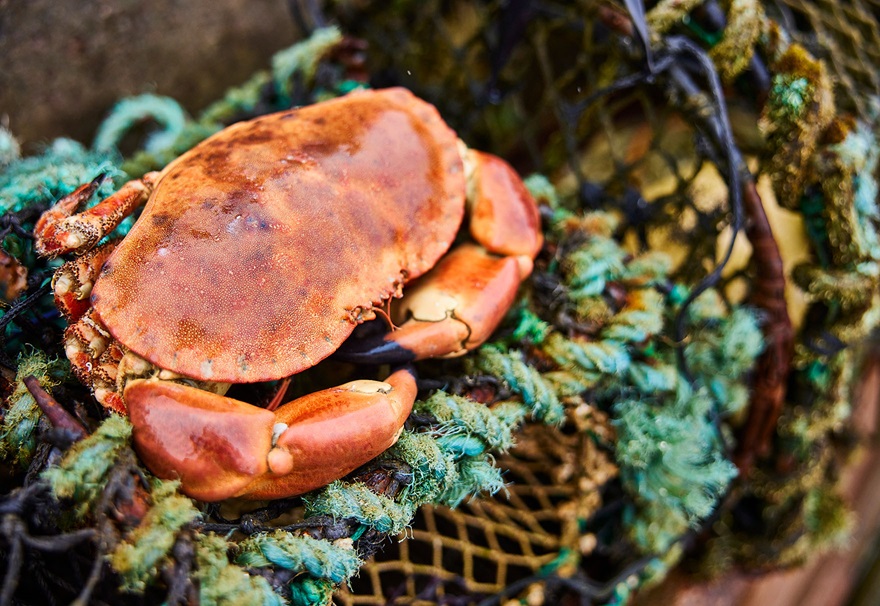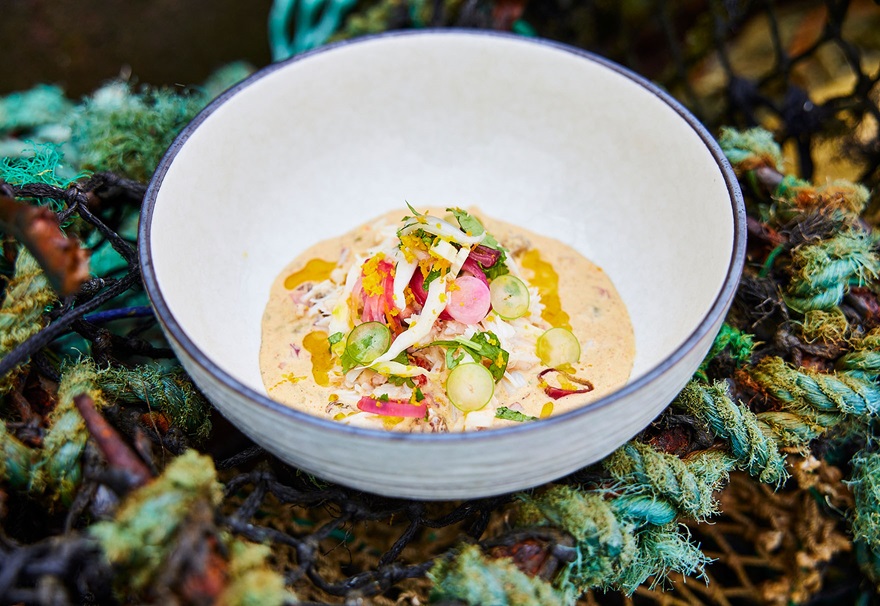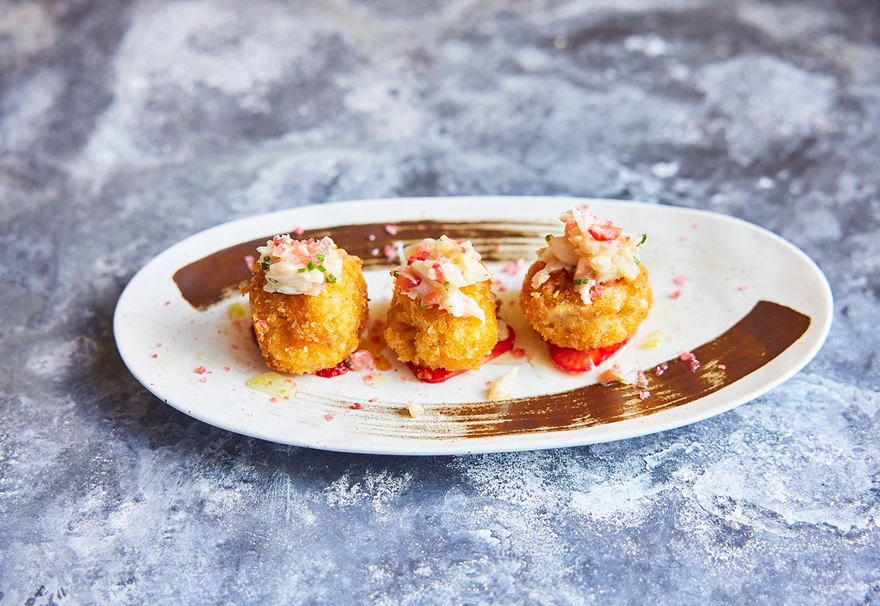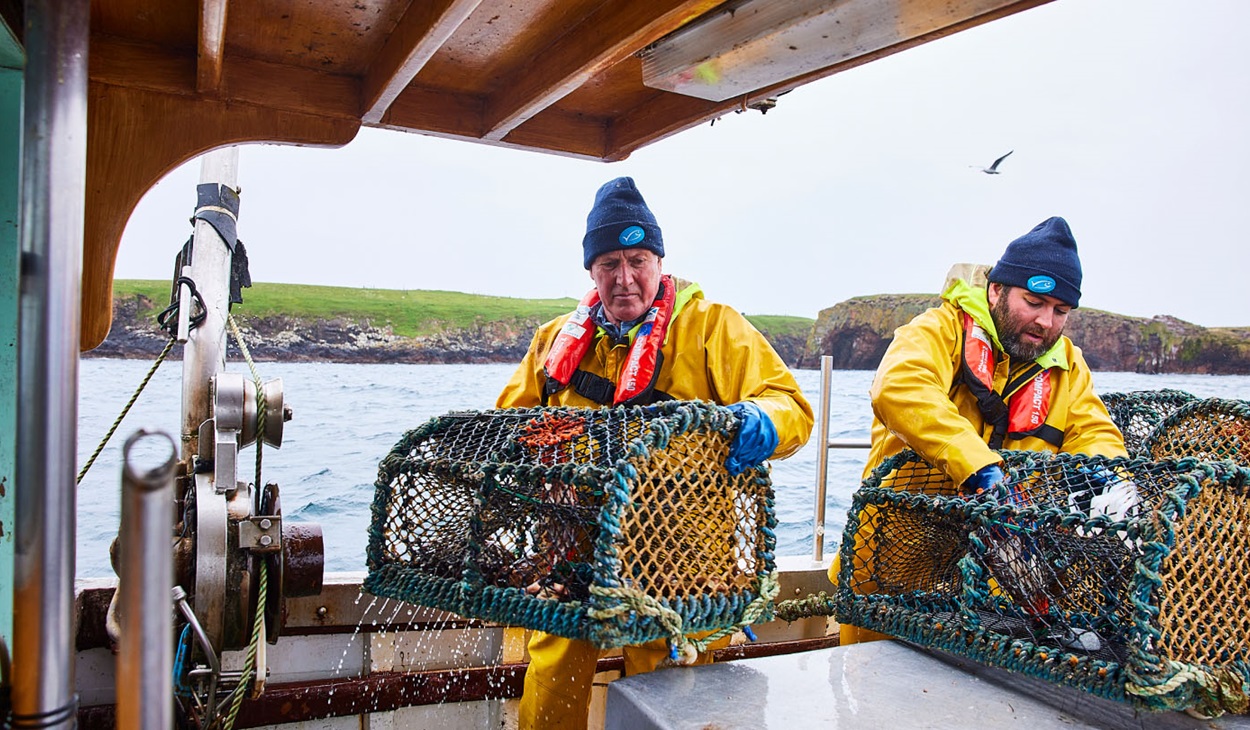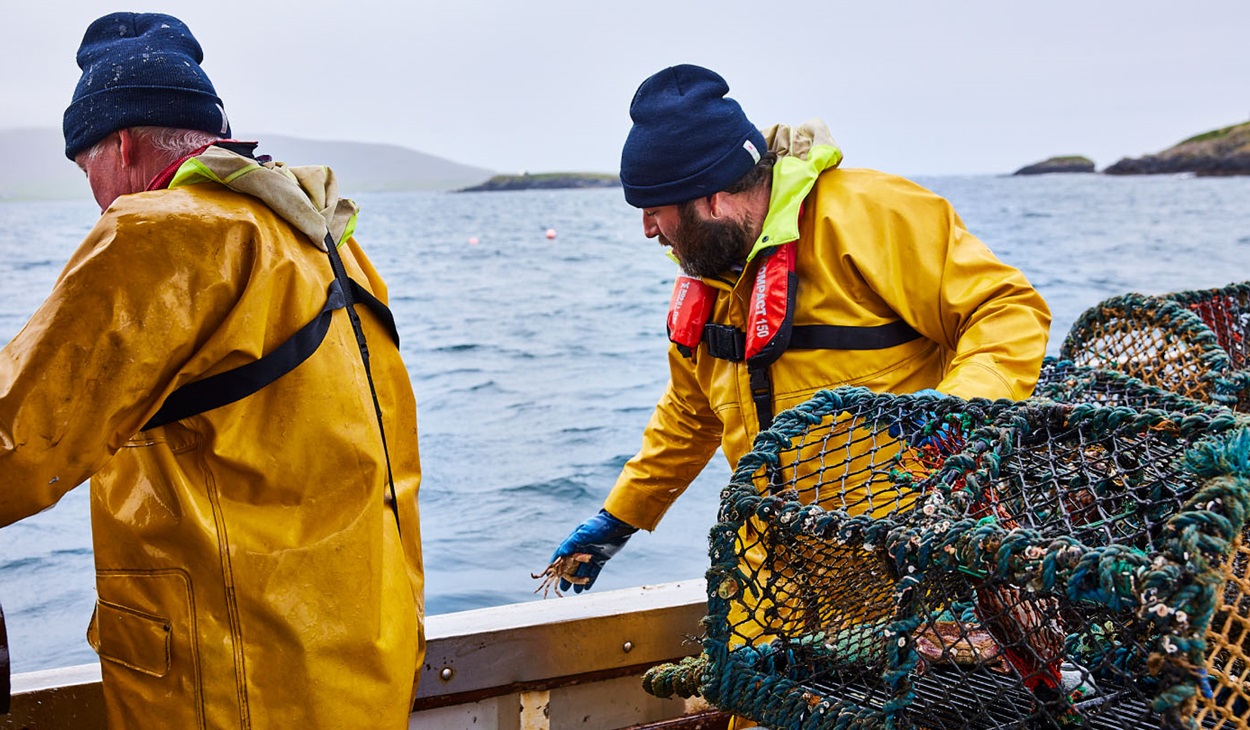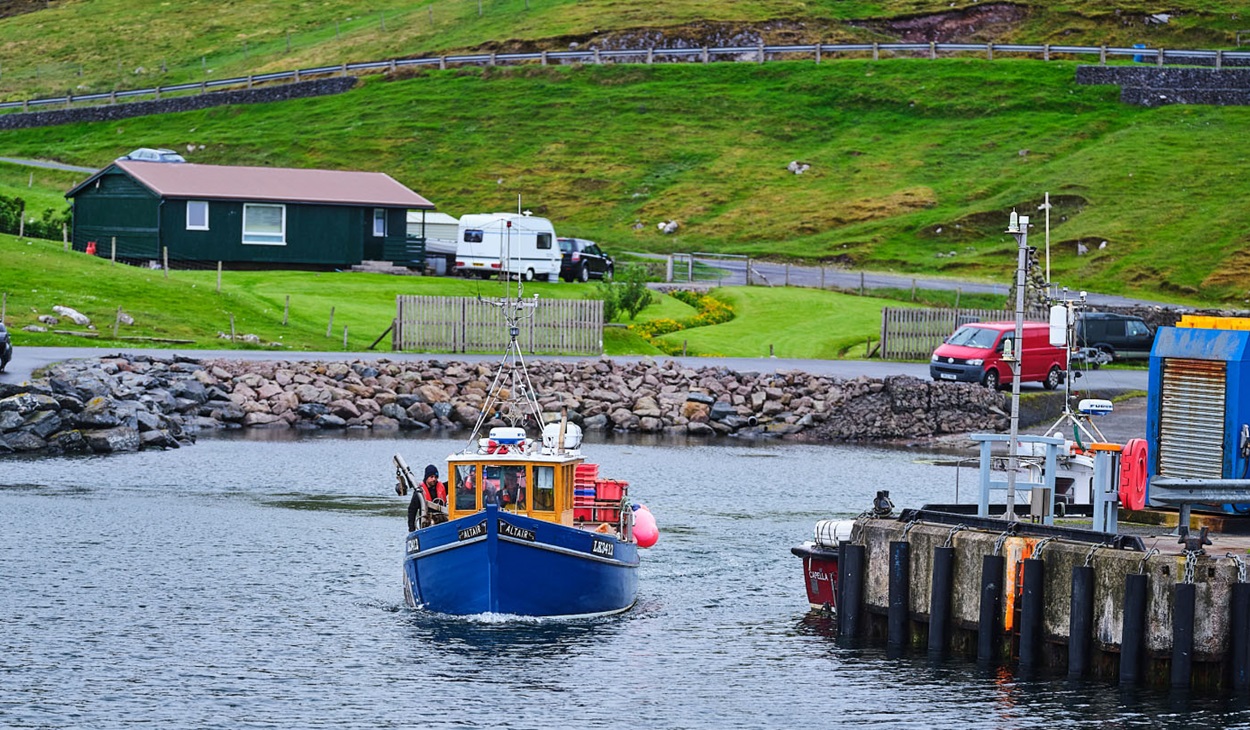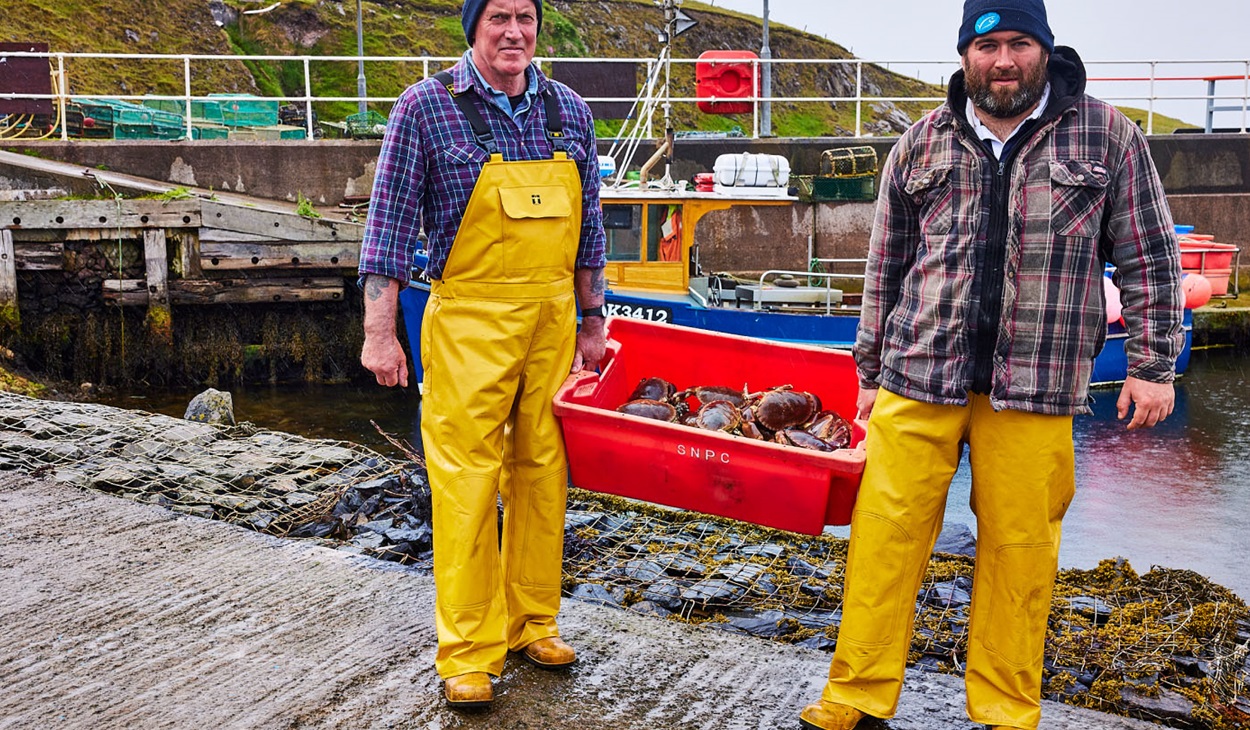As the only brown crab fishery certified as sustainable in the world, Shetland is leading the way in best-practice fisheries management. Fisherman Francis Fraser, who has been fishing his entire adult life explains: “If this fishery wasn’t sustainable, I couldn’t keep going. You have to look to the future. Why would we want to put the stocks in danger?”
Under the strict regulations of the Shetland Shellfish Management Organisation (SSMO), which manages and regulates the fishery, the minimum landing size for brown crab is 140mm wide. Any crab smaller than this is returned to the sea. Selectivity is something used across the year, and according to each season.
“It all goes back live to catch another day!” says Francis, adding: “The crabs have to be good quality to ensure there is meat in them. If they are full of water the shells are soft so we put those back. It depends on the time of the year. From November through to January, there are not many soft ones about but in autumn you get the soft-shelled ones and you have to select them more carefully at this time. Sometimes, we only keep half of what is in the creel.”
Francis’ favourite way of eating the crab is simply picking the white meat and serving it with biscuits and salad or by mashing the white meat with potatoes to make crab fish cakes.
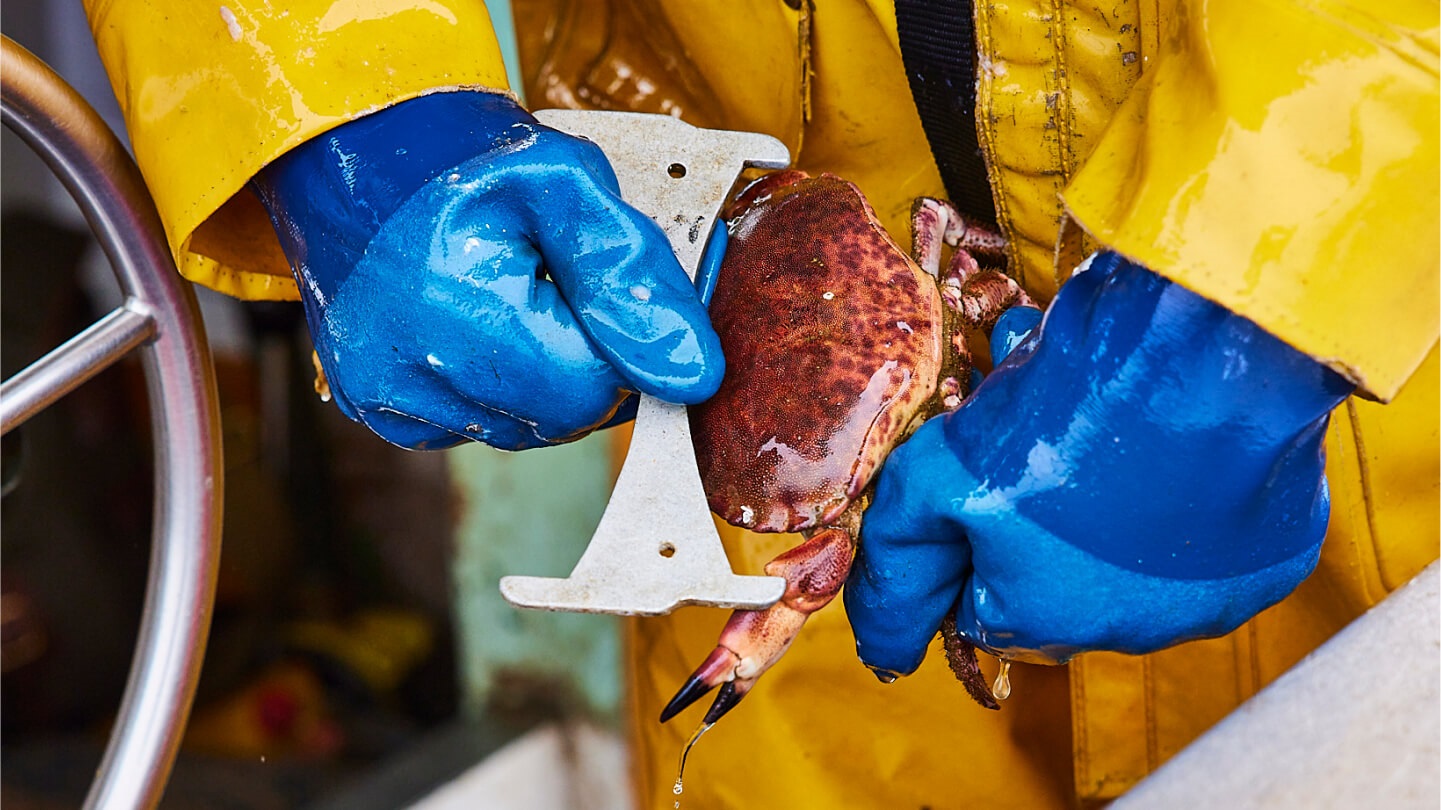
“If this fishery wasn’t sustainable, I couldn’t keep going. You have to look to the future. Why would we want to put the stocks in danger?”
Low pressure and a heavy swell
The crabs are caught using baited ‘creels’, or pots, which are left for several days before the fishermen return to haul up, check and measure what is inside. Brown crabs are fished all year round, although there are fewer trips in winter due to the weather conditions.
“We might go out three times per week but in winter this might be just one day a week,” says. Francis. “It depends on the weather and no one can predict that.”
His nephew Calum, who runs the fishing business with him along with Calum’s father Norman and occasionally his other uncle Raymond, agrees that the biggest challenges are the location and the weather.
“We are fishing out on the west side of Scotland and it’s very weather dependent,” he says. “In the winter we might not go out fishing for two or three months at a time. The location is a great spot for catching crab, but it’s very open and exposed with no shelter so it’s very limited by the weather. This summer has been terrible and we’ve hardly been out.”
As Francis explains: “Where we fish on the west side is completely open, the next land is America!”
The best conditions for crab fishing are “low pressure and heavy swell”, he says. “The sea needs to be a bit lumpy.
With high pressures, you don’t catch so many. There are lots of times when you set the creel and you get next to nothing.”
These fishermen really know their environment, and the best way to manage the catch, but it’s still a tough occupation. Due to the unpredictability of the weather, and the catch, all of the fishermen have other jobs alongside the crab fishing.
“We all work shift work,” Calum explains. “I work away in the fish farming while my dad works on the ferry. We work the boat together, whoever is home at the same time and available will take turns to go.”
MSC advantage
The SSMO, which manages the shellfish fisheries for Shetland within its six-mile inshore limit and was responsible for the fishery gaining MSC certification in 2012, “has made a huge difference to the fishery”, says Calum.
“The stocks have increased a lot since the SSMO regulations were brought it,” he says. “It has reduced the impact of larger more commercial boats coming up. It’s very strict on the amount of fishing you can do. There are less boats fishing in the same area. This has had a big effect on conserving the stock.”
Calum adds that there have also been “plenty of benefits of MSC certification, including the promotion of sustainability and healthy fishing” while Francis says “it can only be an advantage having MSC certification”.
“Lots of people are looking at the label and want to buy it,” he adds.
One of the biggest challenges for the fishery has been the loss of a factory in Shetland where the fishermen used to process their crab. This was shut down just before COVID and has not started up again. Now, the crab is all exported live to Scotland to be processed there which adds transport costs and means the fishing time is tied to when the fishermen can take the crab to meet the ferry.
“It would be a lot easier if it was processed here as now we have to come to sea early,” says Francis. “The local factory would pick up the crab at any time but now we have to be back to put it on the ferry by 4pm. So, we start fishing at 4am.”
The Frasers hope the processing facility can be started up again, and that this will give them better prospects and markets here in the UK.
“Our big challenge is the distance from UK mainland and the access to markets,” explains Calum. At present the ferry service is under pressure due to the lack of space for cargo and freight. In wintertime sometimes the ferries don’t sail due to weather and this can sometimes mean there is no space to send our crab anyway.”
“The stocks have increased a lot since the SSMO regulations were brought it,” he says. “It has reduced the impact of larger more commercial boats coming up. It’s very strict on the amount of fishing you can do.”
No two years the same
Despite some of the difficulties posed by the weather and logistics, Calum couldn’t imagine doing another job. “I love the freedom you get when you go out, particularly when it’s good weather,” he says. “I’m not a good office person. I like peace and quiet and no one being around you.”
The family all live close to each other near to West Burrafirth, Mainland, Shetland.
“The location is very tranquil,” says Calum. “We take it for granted. We see it every day but when you take people out they come out and are awestruck. We take them along the cliffs and they’ve seen nothing like it. It’s a nice place to work even on a bad day there is something about it but, of course, we still prefer the nice summer days compared to the winter time.”
"Yes, it’s an exciting job!” agrees Francis. “You never know what you will catch. And no two years are the same, so I always keep a diary. You might go off thinking it’s a good day and it ends up poor. Or you think it will be poor and it’s good. You do get a great sense of job satisfaction when you get a good day!”
Dive deeper
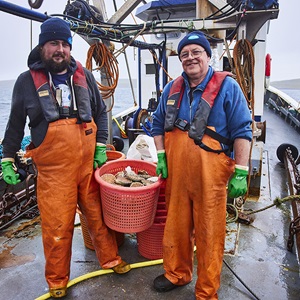
Shetland scallops
How a whole community comes together to ensure the future of scallops.
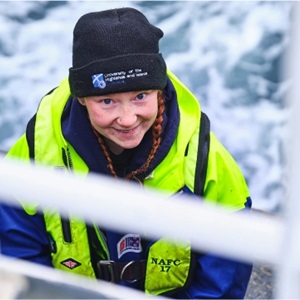
How to enjoy sustainable seafood affordably
Enjoying sustainable fish doesn’t need to cost the ocean, or the earth.
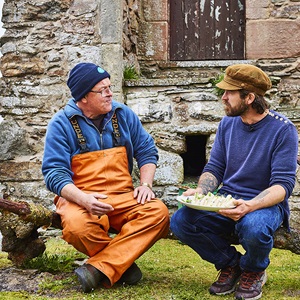
Whalsay Island
Chef James Strawbridge explores this close-knit Shetland fishing community.

